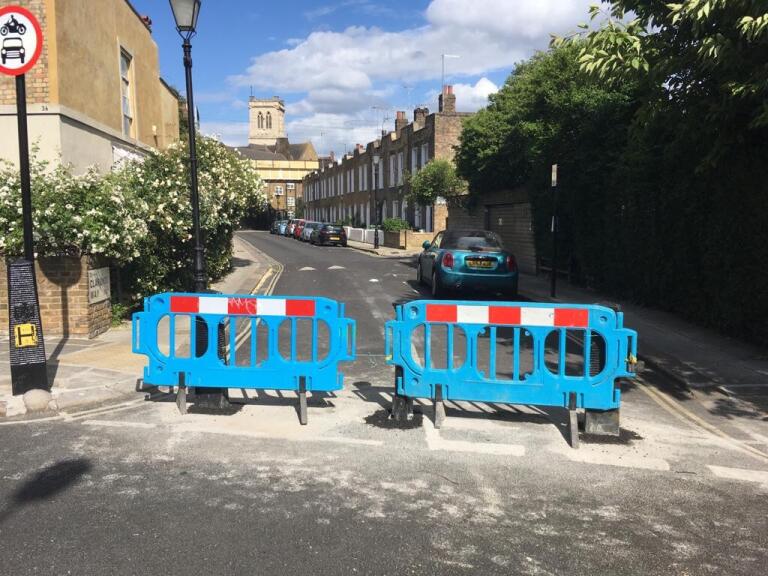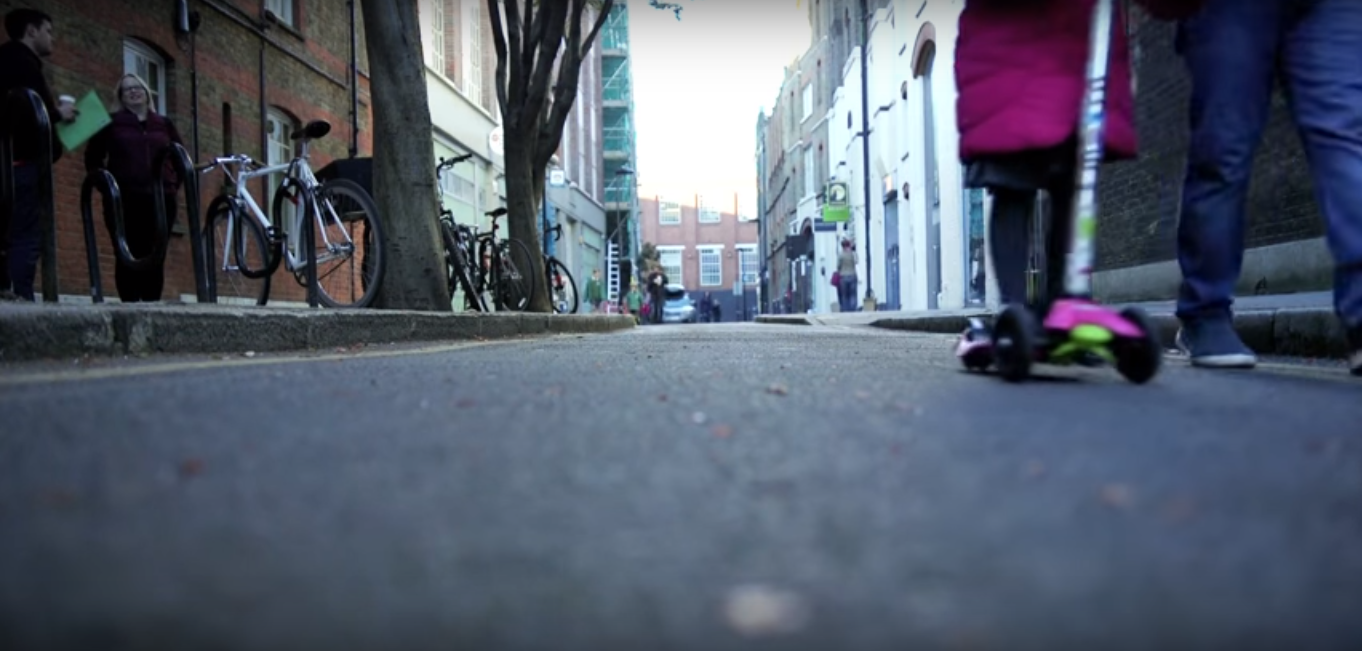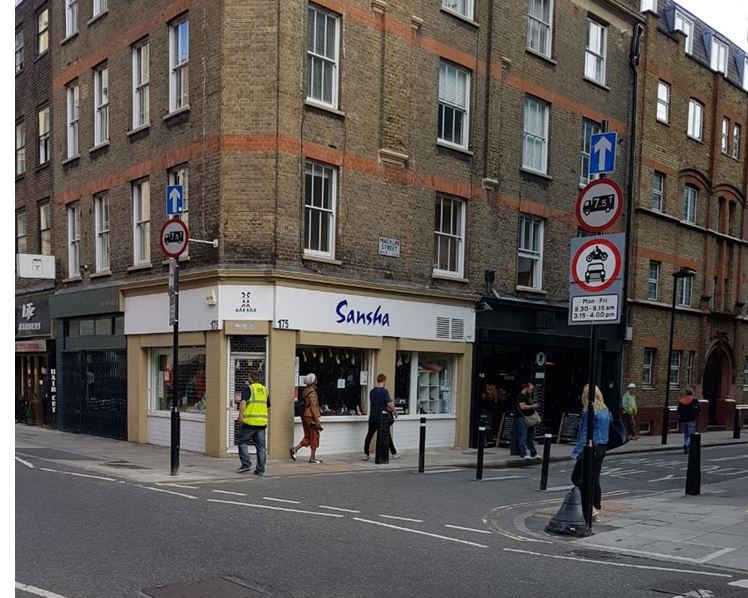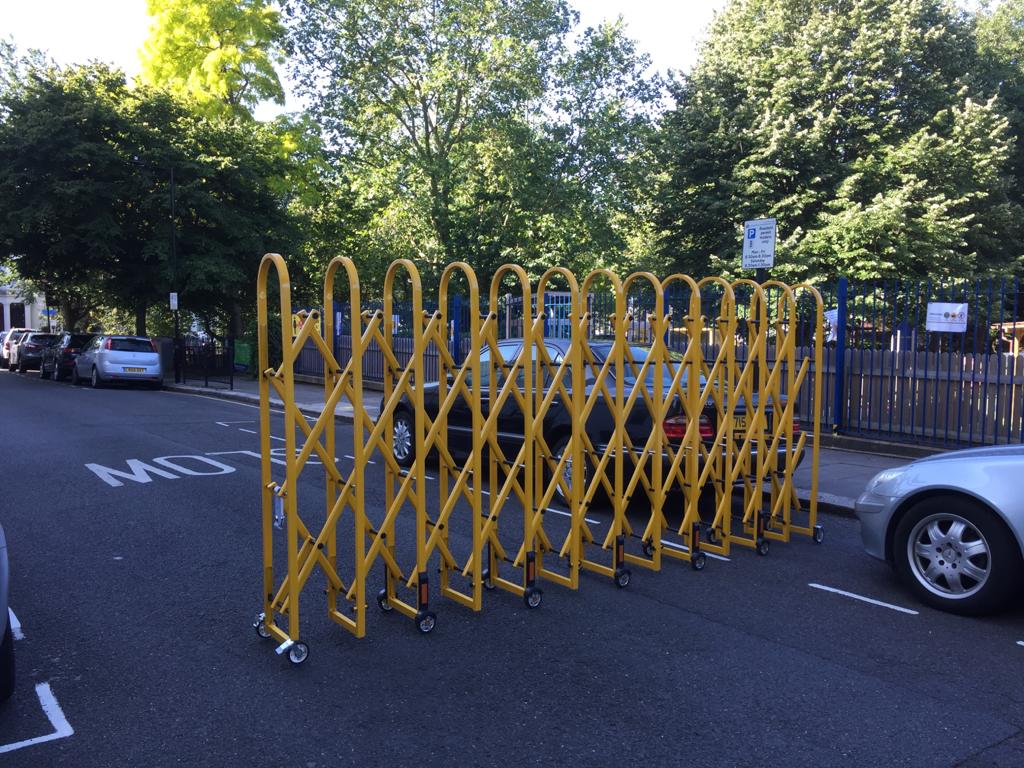Need for distancing accelerates school streets programme throughout the UK
At the beginning of May, the Department for Transport mandated all local authorities to implement measures to enable people to distance safely as we face a global health crisis. After links began to emerge between worsening implications of the coronavirus and sedentary lifestyle as well as pollution, active travel measures, including school streets were pushed to the fore and money was made available from a national Emergency Active Travel Fund. Given the nature of the virus transmission, children and families may feel reluctant to use public transport to travel to school so it is vital that they have safe options to choose from and avoid driving to school. Find out more about the benefits of active travel.
Many councils have launched new school streets schemes or are in the process of doing so since the announcement was made. Due to the urgency, most will be implemented with a physical barrier, either cones or portable barriers. Some will be with ANPR cameras, where lawfully enforceable by councils (London), either fixed on on council vehicles.

These school streets are being implemented using Experimental Traffic Orders, this means the period of consultation will be at the same time of implementation and will last for 6-9 months. After that time, people will be asked if they want to make it permanent.
There are currently plan for at least 483 more school streets in London and hundreds more outside of London. To find out about your area, do check your local council’s website for more information. You should be able to find out if they are planning some schemes. This will normally be under ‘transport’ or ‘recovery plan’. You could also look up for any the traffic order notices as it is a legal requirement for local authorities to publish a notice. To see if one scheme is coming near you, you can search by local authority on the Gazette and filter by ‘Pedestrians and Cycle Zones’ under ‘Infrastructure and Environment’.




